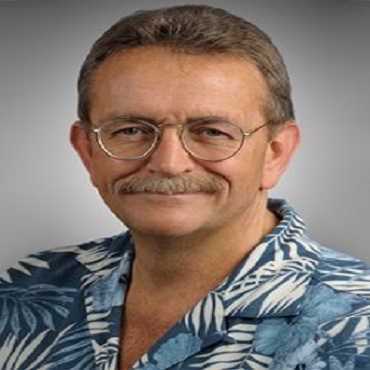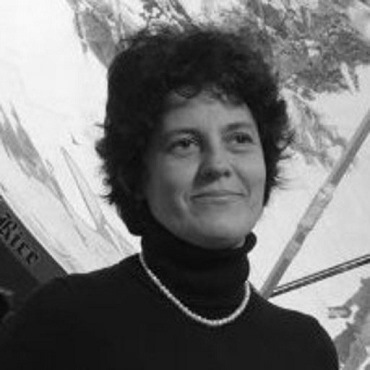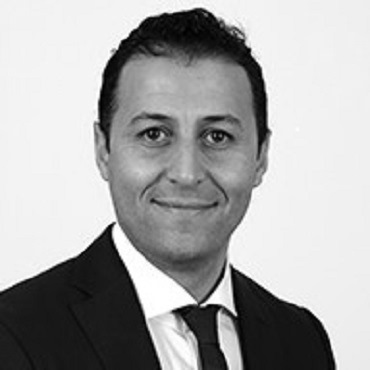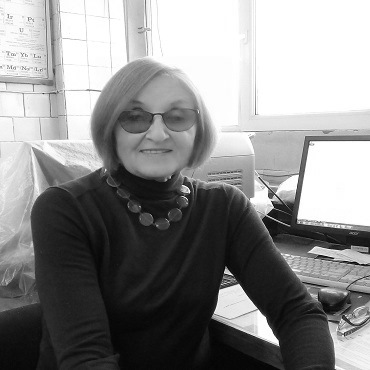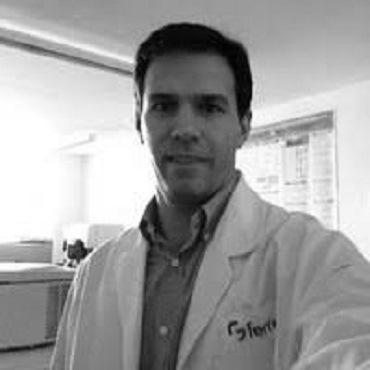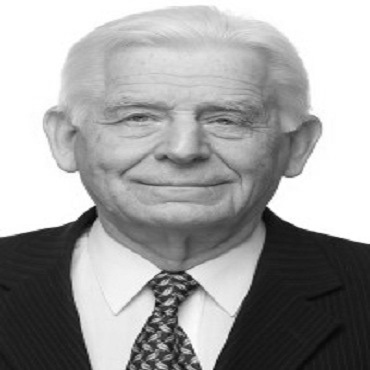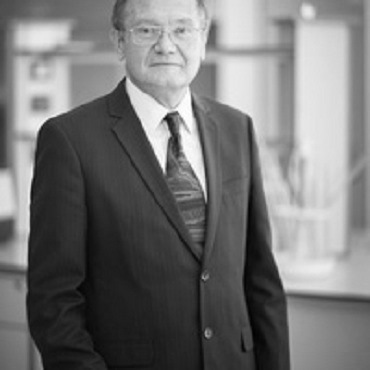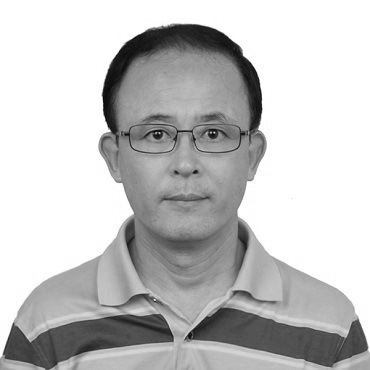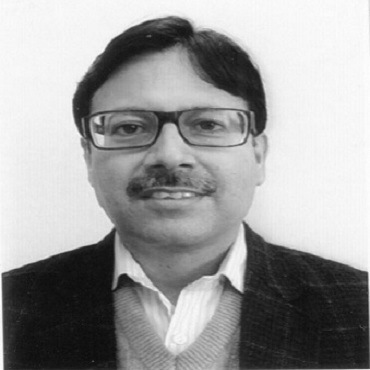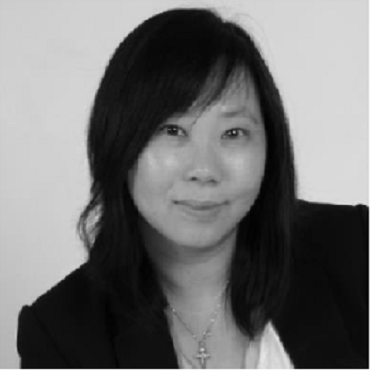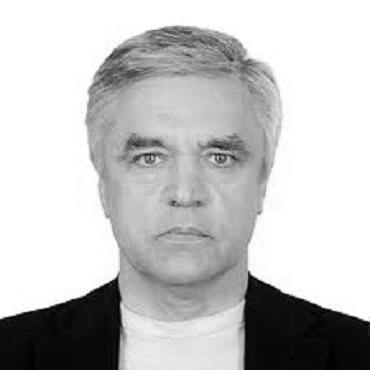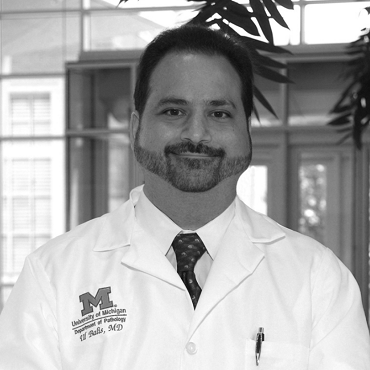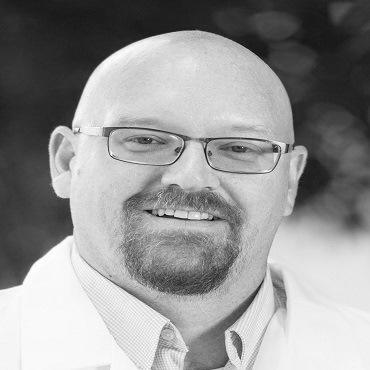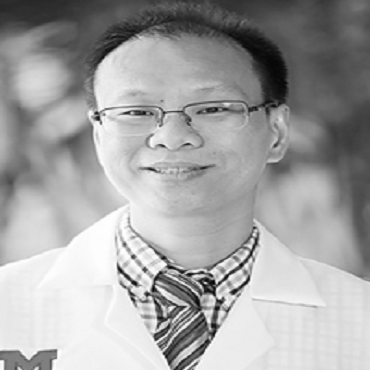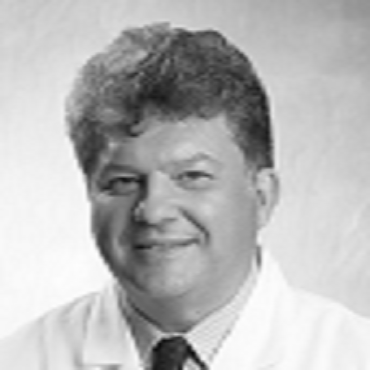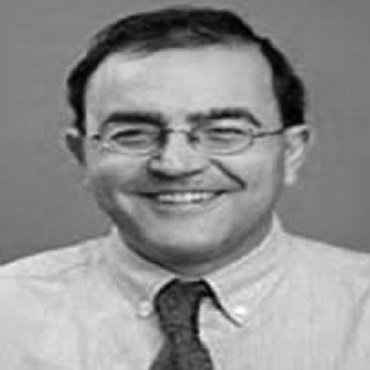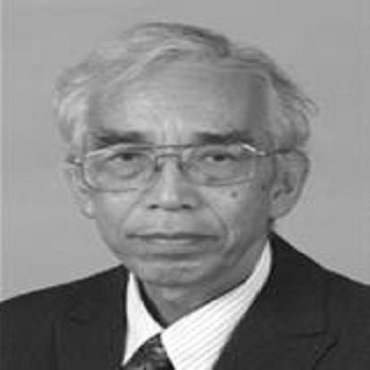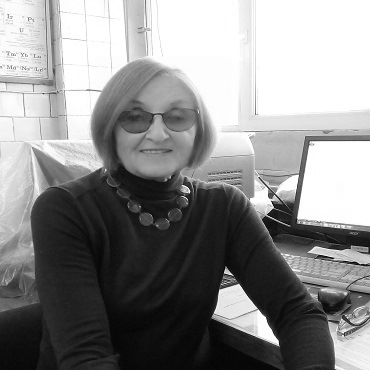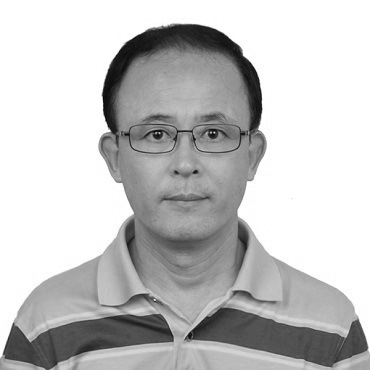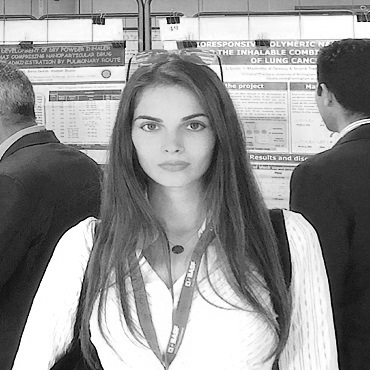
Pharmaceutical Chemistry 2019
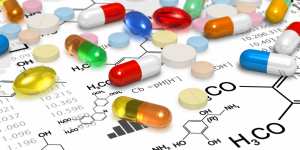
Theme: Exploring the Challenges in Pharmaceutical Chemistry & Process of Drug Discovery for the Future
12th International Conference on Pharmaceutical Chemistry during May 20-21, 2019 at Berlin, Germany. The conference emphasizes the theme “Exploring the Challenges in Pharmaceutical Chemistry & Process of Drug Discovery for the Future”. Pharmaceutical Chemistry Conference provides an international dais for Scientists and Pharmaceutical Chemistry professionals to Exchange Ideas, Knowledge and Networking at its 100+ International Conferences. Pharmaceutical Chemistry and Analytical Chemistry together make an eminent growth in the Pharmacy or Medical industry. Knowledge of the concepts of drug metabolism is useful in both the design of new drugs and the improvement of existing drugs. Thus it affects the living life in an effective way. This is the platform where you can exchange your ideas and learn novel concepts related to your field from the international speakers as well as the professionals participating in this symposium. We want to take every individual related to this field either to learn or share your experience in this field and improve your connections from the entire globe. It’s important to share knowledge with others due to newly generated problem. For that they need a platform to share their knowledge. We could say we create a golden opportunity for those people expose their knowledge through this Pharma Chemistry Meeting.
In addition to attending the Pharmaceutical Chemistry Conference, we invite you to experience Berlin, the beautiful and famous city in Germany, which attracts people from all around the world. Berlin is the capital and the largest city of Germany. It’s one of the most popular touristic destinations in Europe. May is regarded as the best time to visit Berlin.
Target Audience:
Researchers, Scientists & Biotechnology Experts
Pharmaceutical & Biotechnology Companies
Healthcare Departments
Clinicians & Paramedical Professionals
Directors, CEO’s of Organizations
Faculty (Professors, Associate Professors, Asst. Professors )
Pharma and Chemistry Colleges & Training Institutes
Pharma and Chemistry Students
Ph.D. Scholars, Graduates, and Post Graduates
Session 1: Advanced Organic Chemistry and Inorganic Chemistry
Organic and Inorganic Chemistry are sub disciplines within chemistry. In organic chemistry, scientific study is concentrated towards carbon compounds and other carbon-based compounds such as hydrocarbons and their derivatives. Inorganic Chemistry is concerned in the scientific study of all the chemical compounds except the carbon group. When we say scientific study of organic or inorganic chemistry, this includes the study of structure, composition, preparation, properties, and study of reactions. Organic chemistry includes stereochemistry, photochemistry isomerization, hydrogenation, polymerization, and fermentation. Inorganic chemistry includes crystallography, electrochemistry, atomic structure, chemical bonding, ceramics and acid-base reactions.
Related Conferences: The International Symposium on Macrocyclic and Supramolecular Chemistry, June 02-06, 2019, Lecce, Italy; Winter Conference on Medicinal & Bioorganic Chemistry, January 27-31, 2019, Steamboat Springs, United States; Pure and Applied Chemistry International Conference, February 07-08, 2019, Bangkok, Thailand
Session 2: Computational Chemistry and Chemical Biology
Related Conferences: The International Symposium on Macrocyclic and Supramolecular Chemistry, June 02-06, 2019, Lecce, Italy; Winter Conference on Medicinal & Bioorganic Chemistry, January 27-31, 2019, Steamboat Springs, United States; Pure and Applied Chemistry International Conference, February 07-08, 2019, Bangkok, Thailand
Session 3: Drug Delivery Techniques
Drug delivery is the method or process of administering a pharmaceutical compound to achieve a therapeutic effect in humans or animals. For the treatment of human diseases, nasal and pulmonary routes of drug delivery are gaining increasing importance. These routes provide promising alternatives to parenteral drug delivery particularly for peptide and protein therapeutics. For this purpose, several drug delivery systems have been formulated and are being investigated for nasal and pulmonary delivery. These include liposomes, proliposomes, microspheres, gels, prodrugs, cyclodextrins, among others. Nanoparticles composed of biodegradable polymers show assurance in fulfilling the stringent requirements placed on these delivery systems, such as ability to be transferred into an aerosol, stability against forces generated during aerosolization, biocompatibility, targeting of specific sites or cell populations in the lung, release of the drug in a predetermined manner, and degradation within an acceptable period of time.
Related Conferences: The International Symposium on Macrocyclic and Supramolecular Chemistry, June 02-06, 2019, Lecce, Italy; Winter Conference on Medicinal & Bioorganic Chemistry, January 27-31, 2019, Steamboat Springs, United States; Pure and Applied Chemistry International Conference, February 07-08, 2019, Bangkok, Thailand
Session 4: Drug Designing Methodologies
Related Conferences: The International Symposium on Macrocyclic and Supramolecular Chemistry, June 02-06, 2019, Lecce, Italy; Winter Conference on Medicinal & Bioorganic Chemistry, January 27-31, 2019, Steamboat Springs, United States; Pure and Applied Chemistry International Conference, February 07-08, 2019, Bangkok, Thailand
Session 5: Drug Discovery and Development
Researchers discover new drugs through: New insights into a disease process that allow researchers to design a product to stop or reverse the effects of the disease, Many tests of molecular compounds to find possible beneficial effects against any of a large number of diseases, Existing treatments that have unanticipated effects, New technologies, such as those that provide new ways to target medical products to specific sites within the body or to manipulate genetic material. At this stage in the process, thousands of compounds may be potential candidates for development as a medical treatment.
Drug Development
Once researchers identify a promising compound for development, they conduct experiments to gather information on: How it is absorbed, distributed, metabolized, and excreted. Its potential benefits and mechanisms of action. The best dosage, the best way to give the drug (such as by mouth or injection), side effects or adverse events that can often be referred to as toxicity. How it affects different groups of people (such as by gender, race, or ethnicity) differently. How it interacts with other drugs and treatments. Its effectiveness as compared with similar drugs.
Related Conferences: The International Symposium on Macrocyclic and Supramolecular Chemistry, June 02-06, 2019, Lecce, Italy; Winter Conference on Medicinal & Bioorganic Chemistry, January 27-31, 2019, Steamboat Springs, United States; Pure and Applied Chemistry International Conference, February 07-08, 2019, Bangkok, Thailand
Session 6: Green Chemistry in Pharma Industry
Related Conferences: The International Symposium on Macrocyclic and Supramolecular Chemistry, June 02-06, 2019, Lecce, Italy; Winter Conference on Medicinal & Bioorganic Chemistry, January 27-31, 2019, Steamboat Springs, United States; Pure and Applied Chemistry International Conference, February 07-08, 2019, Bangkok, Thailand
Session 7: Heterocyclic Chemistry
Related Conferences: The International Symposium on Macrocyclic and Supramolecular Chemistry, June 02-06, 2019, Lecce, Italy; Winter Conference on Medicinal & Bioorganic Chemistry, January 27-31, 2019, Steamboat Springs, United States; Pure and Applied Chemistry International Conference, February 07-08, 2019, Bangkok, Thailand
Session 8: Nanomedicine and Nanotechnology
Related Conferences: The International Symposium on Macrocyclic and Supramolecular Chemistry, June 02-06, 2019, Lecce, Italy; Winter Conference on Medicinal & Bioorganic Chemistry, January 27-31, 2019, Steamboat Springs, United States; Pure and Applied Chemistry International Conference, February 07-08, 2019, Bangkok, Thailand
Session 9: Pharmaceutical Chemistry Novel Aspects
Related Conferences: The International Symposium on Macrocyclic and Supramolecular Chemistry, June 02-06, 2019, Lecce, Italy; Winter Conference on Medicinal & Bioorganic Chemistry, January 27-31, 2019, Steamboat Springs, United States; Pure and Applied Chemistry International Conference, February 07-08, 2019, Bangkok, Thailand
Session 10: Prospective of Medicinal Chemistry
Related Conferences: The International Symposium on Macrocyclic and Supramolecular Chemistry, June 02-06, 2019, Lecce, Italy; Winter Conference on Medicinal & Bioorganic Chemistry, January 27-31, 2019, Steamboat Springs, United States; Pure and Applied Chemistry International Conference, February 07-08, 2019, Bangkok, Thailand
Market Analysis
Importance & Scope
Pharmaceutical Chemistry Conference is a best platform to present and discuss current aspect in drug research and development. Pharmachemistry is the study of interaction of chemical with living systems. It is important to discuss the pharmacological basis of therapeutics in order to maximize the benefits and minimize the risks of drugs to recipients. Hence it will be the best platform for scientists, researchers, PhD Scholars, Graduates and Post Graduates involved with drug development.
Global Business & Research Value
Market research firm Evaluate Pharma, in its annual World Preview report, projects a global growth rate for the pharma industry of 6.3% CAGR through 2022, up from the 5% CAGR it predicted last year for the 2014-2020 period. The overall $1.12 trillion market in 2022, says evaluate, will rise at a faster clip during 2016-2020, then slow down a bit as major patent expirations take hold. Among global companies, Roche could overtake Novartis by the slimmest of margins by 2022, with sales of $52.6 billion versus $52.5 billion. Pfizer will drop to No. 3, with sales of $49.1 billion (this analysis preceded that company’s bid to acquire Medivation).
Global Universities
Pharmaceutical Chemistry Universities Worldwide:
Pharmaceutical Chemistry Universities in USA:
Northeastern University
Ohio State University-Main Campus
University of Washington-Seattle Campus
Purdue University-Main Campus
University of Minnesota
University at Buffalo
New Jersey Institute of Technology
University of Iowa
Duquesne University
University of Dayton
University of Illinois at Chicago
University of Utah
University of Houston
University of Rhode Island
The University of Montana
Cleveland State University
Pharmaceutical Chemistry Universities in Europe:
Freie University of Berlin, Germany
Braunschweig University of Technology, Germany
Goethe University Frankfurt, Germany
Joseph Fourier University, France
University of Bologna, Italy
Aston University, United Kingdom
University of Barcelona, Spain
Humboldt University of Berlin, Germany
University of Hamburg, Germany
Leipzig University, Germany
University of Marburg, Germany
University of Bristol, UK
University of Liverpool, UK
Kingston University, UK
University of Aix-Marseille, France
Pharmaceutical Chemistry Universities in Asia:
Charles Sturt University, Australia
Pusan National University, Singapore
Fukuyama University, Japan
Gulf Medical University, United Arab Emirates
University of Tokyo, Japan
National University of Singapore, Singapore
Nanyang Technological University, Singapore
United Arab Emirates University, UAE
Indian Institute of Technology Roorkee, India
Fujita Health University, Japan
University of Hong Kong, Hong Kong
University Putra Malaysia, Malaysia
Tel Aviv University, Israel
Osaka University, Japan
Mahidol University, Thailand
The University of Sydney, Australia
Pharmaceutical Chemistry Societies Worldwide:
Pharmaceutical Chemistry Societies in USA:
American Association of Colleges of Pharmacy
American Pharmacists Association
American Society for Pharmacy Law
American Society of Consultant Pharmacists
American Society of Health-System Pharmacists
Professional Compounding Centers of America
American College of Clinical Pharmacy
American Academy of Veterinary Pharmacology and Therapeutics
American Board of Clinical Pharmacology
American College of Clinical Pharmacology
American College of Neuropsychopharmacology
American Society for Clinical Pharmacology and Therapeutics
American Society of Clinical Psychopharmacology
American Society for Pharmacology and Experimental Therapeutics
Pharmaceutical Chemistry Societies in Europe:
European Association for Clinical Pharmacology and Therapeutics
European Association for Veterinary Pharmacology and Toxicology
European Behavioural Pharmacology Society
European College of Neuropsychopharmacology
European Society of Biochemical Pharmacology
European Society of Developmental, Perinatal and Paediatric Pharmacology
European Society of Ethnopharmacology
Federation of European Pharmacological Societies
European Generic Medicines Association
Austrian Pharmacological Society
Czech Society for Experimental and Clinical Pharmacology and Toxicology
European Society of Ethnopharmacology
Network Clinical Pharmacology in Germany
National Pharmacy Association, UK
Pharmaceutical Chemistry Societies in Asia:
Asia Pacific Federation of Pharmacologists
Australian Physiological and Pharmacological Society
Hong Kong Pharmacology Society
Indian Pharmacological Society
Indonesia Veterinary Pharmacy and Pharmacology Association
Israel Society for Physiology and Pharmacology
Japanese Pharmacological Society
Japanese Society of Clinical Pharmacology and Therapeutics
Korean Society of Applied Pharmacology
Korean Society for Clinical Pharmacology
Malaysian Society of Pharmacology and Physiology
Chinese Pharmaceutical Association
The Society of Hospital Pharmacists of Australia
Pharmaceutical Society of Australia
Kuwait Pharmaceutical Association
Global Research Centres
3M Pharmaceuticals
Abbott Laboratories
AbbVie
Acadia Pharmaceuticals
Acorda Therapeutics
Actavis
Actelion
Adcock Ingram
Advanced Chemical Industries
Advaxis
ACG Worldwide
Global Funding Bodies
Aga Khan Foundation – AKF
Alexander von Humboldt Foundation
American Association of University Women-International Fellowships
Andrew W. Mellon Foundation
Boehringer Ingelheim Fonds
Centre for Disease Control (CDC)
Commonwealth Fund
Community of Science
Ford Foundation
Gates (Bill and Melinda) Foundation
Izumi Foundation
National Science Foundation
Future Scope Pharmaceutical Chemistry
Pharmaceutical Chemistry is widen & inter-related with the every steps of medical science such as Diagnosis prevention & treatment purpose.
Conclusion
Pharmaceutical Chemistry and Analytical Chemistry together make eminent growth in the pharmacy or medical industry. A knowledge of the concepts of drug metabolism is useful in both the design of new drugs and the improvement of existing drugs. Thus it effects the living life in a affective way.
References:
https://www.transparencymarketresearch.com/pharmaceutical-market-reports
http://blog.sollers.edu/drug-safety/global-pharmaceutical-industry-to-grow-at-a-cagr-of-4-7-during-the-next-five-years
https://www.statista.com/statistics/398223/prediction-of-pharmaceutical-industry-cagr-worldwide-by-region
https://www.bccresearch.com/market-research/pharmaceuticals
http://www.eulerhermes.com/economic-research/sector-risks/Global-Pharmaceuticals-Report/Pages/default.aspx
- Advanced Organic Chemistry and Inorganic Chemistry
- Clinical and Hospital Pharmacy
- Computational Chemistry and Chemical Biology
- Drug Delivery Techniques
- Drug Designing Methodologies
- Drug Discovery and Development
- Green Chemistry in Pharma Industry
- Heterocyclic Chemistry
- Nanomedicine and Nanotechnology
- Pharmaceutical Chemistry Novel Aspects
- Prospectives of Medicinal Chemistry
- Journal of Pharmaceutical Sciences & Emerging Drugs
- Journal of Pharmaceutics & Drug Delivery Research
- Journal of Chemistry and Applied Chemical Engineering
16 Organizing Committee Members
14 Renowned Speakers
Ulysses G J Balis
University of Michigan
USA
David McClintock
University of Michigan
USA
Jerome Cheng
University of Michigan
USA
Milenko Tanasijevic
Brigham and Womens Hospital
USA
Andrea M P Romani
Case Western Reserve University
USA
Mitsuji Yamashita
Shizuoka University
Japan
Larisa Klapshina
N. I. Lobachevsky State University of Nizhny Novgorod
Russia
Ilyes Safir
University of Geneva
Switzerland
Yue-Wei Guo
Shanghai Institute of Material Medica
China
Miroslaw Kwiatkowski
AGH University of Science and Technology
Poland
Mauro Safir Filho
Nice Sophia Antipolis University
France
Sofia Konstantinidou
National and Kapodistrian University of Athens
Greece
Mahendra Nath Roy
University of North Bengal
India
Amit Verma
TRC Mahavidyalaya
India

